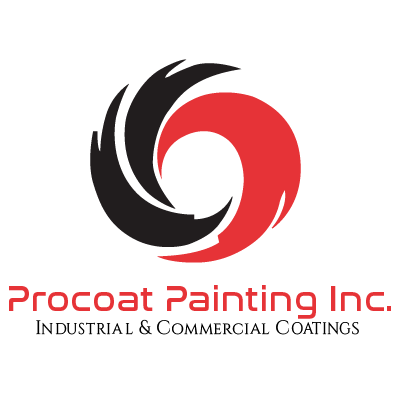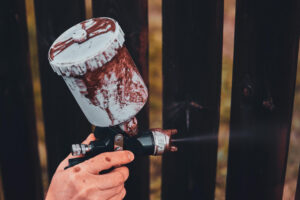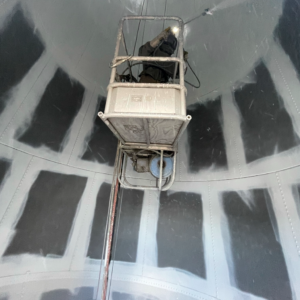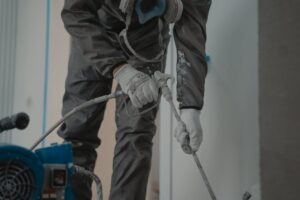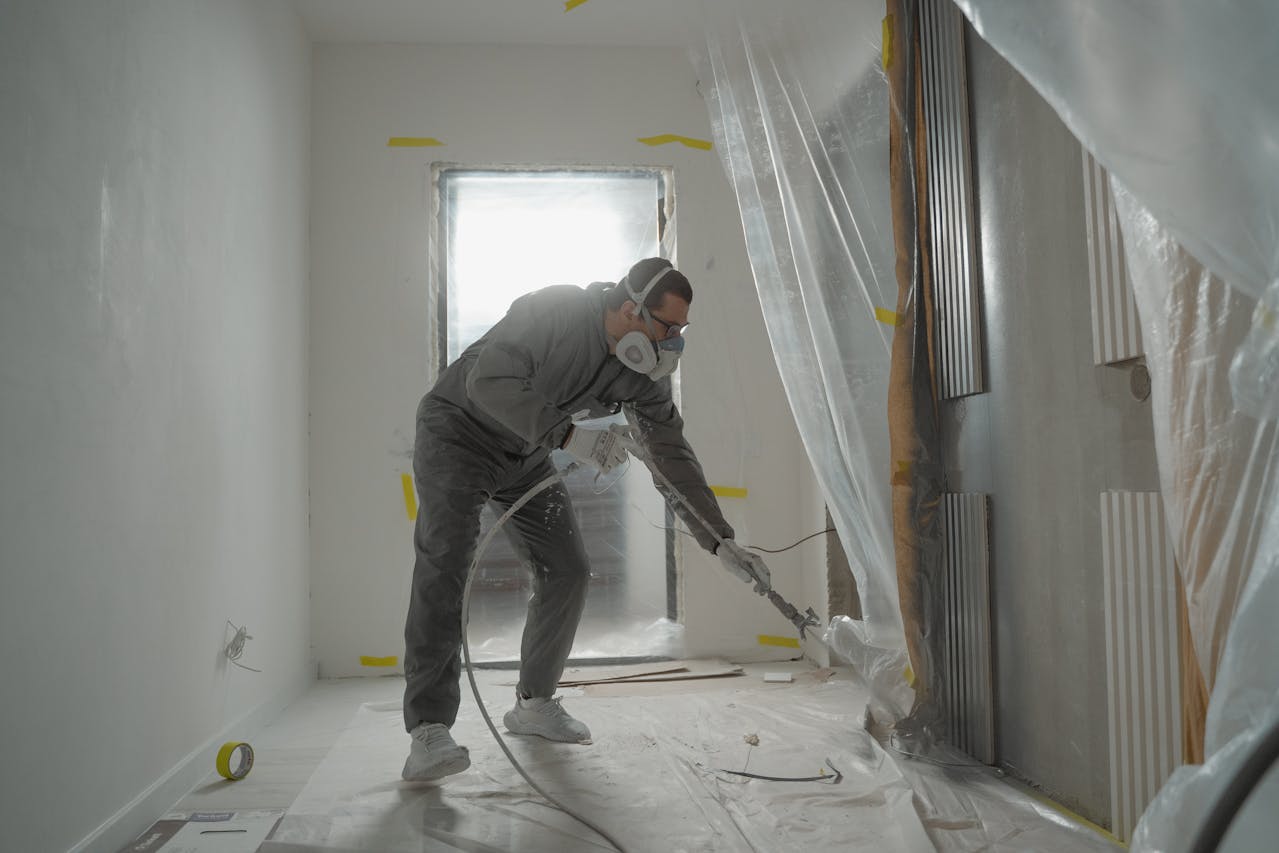
Painting in humid climates presents unique challenges that can test even seasoned professionals. High humidity affects how paint adheres to surfaces and dries, often leading to unexpected results. This excess moisture in the air can cause paint to dry unevenly, potentially resulting in streaks or tackiness that detracts from the desired finish.
Humidity can also lead to paint issues like blistering, peeling, or even mold growth if not properly managed. These problems create extra work and push back completion times, affecting overall project efficiency. Therefore, understanding how to adapt painting techniques for these conditions can make a big difference.
The key to success lies in careful preparation and the use of specific methods tailored for humid environments. By knowing how weather impacts paint and how important timing is, you can ensure that your paint job looks great and lasts longer. This proactive approach can turn a potential painting nightmare into a smooth, hassle-free experience.
Understanding the Challenges of Humidity in Painting
When painting in humid climates, moisture in the air becomes a major factor in how the paint adheres to surfaces. This moisture can cause the paint to take longer to dry, which can lead to uneven coatings and poor adhesion. It’s like trying to dry clothes on a rainy day; the wet environment just doesn’t let the paint set properly. As a result, humid weather can make paint application a tricky task.
Several common problems arise when painting under such conditions. First, paint can become thick and sticky, making it tough to apply. If the paint doesn’t dry well, it can easily become tacky and attract dust and dirt. Also, too much moisture can cause paint to bubble or blister later on, as trapped water gets caught beneath the paint layer. This not only ruins the look but may also lead to peeling, a problem that no one wants to deal with after finishing a job.
Moreover, paint failure due to humidity might mean you need to repaint sooner than expected. Understanding these challenges and learning how to manage them can help ensure a successful paint job, even when the weather isn’t cooperating.
Preparation Tactics for Painting in Humid Conditions
Proper preparation is crucial when painting in humid conditions. The first step is assessing the weather and timing the painting project appropriately. Keep an eye on the weather forecast and try to paint during dry spells. Ideal times are often later in the morning or early afternoon when humidity levels can be lower. Avoid starting early morning or late evening, as these are typically the most humid parts of the day.
Choosing the right materials also makes a big difference. Opt for paints that are specifically designed for high humidity environments, as these are formulated to resist moisture-related issues. Look for labels that mention mildew-resistant or quick-drying properties, as they help reduce the problems associated with excess humidity. Additionally, using a primer that prevents moisture absorption can provide an extra layer of defense against humidity.
Create a checklist to ensure everything is ready:
- Monitor the humidity using a hygrometer.
- Gather humidity-resistant paints and primers.
- Set a budget for any additional materials needed.
By taking these steps, you pave the way for a paint job that can withstand the challenges of a humid climate. Preparation is the key to avoiding common pitfalls and achieving a smooth, long-lasting finish.
Techniques to Improve Paint Performance
Painting in humid conditions requires specific techniques to ensure the paint not only looks good but also lasts. One effective approach is to start by choosing the right paint and tools. Select paints that are designed to handle moisture, as they tend to dry better under damp conditions. A high-quality primer may be necessary to help with paint adhesion and even finish.
Consider the timing of your painting project. Early mornings or evenings are often more humid, so it’s best to schedule painting during midday when humidity levels might be lower. Also, if a cloudy day is forecasted, that might be a better choice than a sunny, humid day because direct sunlight can exacerbate drying problems in highly humid conditions.
Proper application techniques play a crucial role too. Apply thin, even coats of paint rather than thick layers, which can trap moisture and cause bubbling or peeling. Allow adequate drying time between coats to ensure each layer sets correctly. You can also use fans or dehumidifiers to help reduce moisture levels and speed up the drying process. Following these techniques carefully helps the paint perform well, even in challenging humid environments.
Long-Term Maintenance and Inspection
Once the painting is complete, maintaining it becomes the next step, especially in humid climates. Regularly check painted surfaces for any early signs of damage like blistering or peeling. These can be indicators that moisture is affecting the paint, and addressing them quickly can prevent further issues.
A key maintenance practice is to keep the area as dry as possible. Regularly clean surfaces to remove dirt and oil, which can trap moisture against the paint. For outdoor surfaces, ensure proper drainage around the building to prevent water from pooling, which can worsen humidity effects.
Here are a few signs to watch out for that may indicate humidity damage:
- Blistering: Bubbles forming under the paint film.
- Peeling: Paint coming off in flakes or sheets.
- Discoloration: Uneven coloring or stains, often a sign of moisture seeping through.
Inspections and timely interventions can protect your surfaces from lasting harm, keeping them looking fresh and ensuring the longevity of the paint job.
Conclusion:
Painting in humid climates can be challenging, but with the right techniques and materials, it is possible to achieve long-lasting, beautiful results. Understanding how humidity affects paint application and the specific hurdles it creates allows for better preparation and execution. Choosing humidity-resistant paints and scheduling your work wisely helps combat the challenges posed by moisture. Regular maintenance and inspections ensure that the painted surfaces continue to look their best over time, minimizing the risk of humidity damage.
If you’re planning a painting project in a humid environment, consider reaching out to Procoat Painting Inc. for expert advice and services tailored to your needs. We understand the complexities of painting in challenging climates and can provide solutions that ensure great performance and durability. Let our painting contractor in Batavia, OH, help you get the best results for your commercial and industrial spaces.
